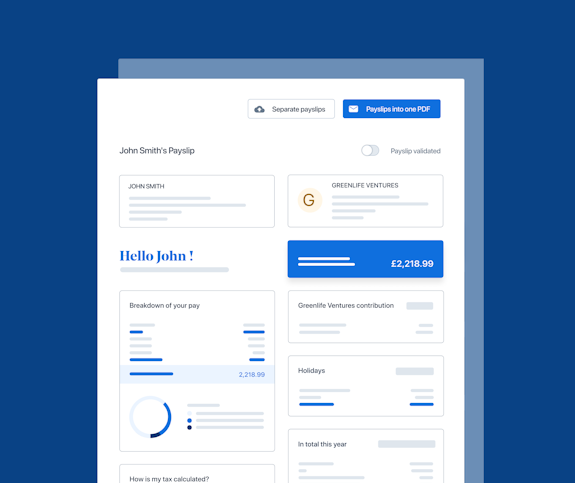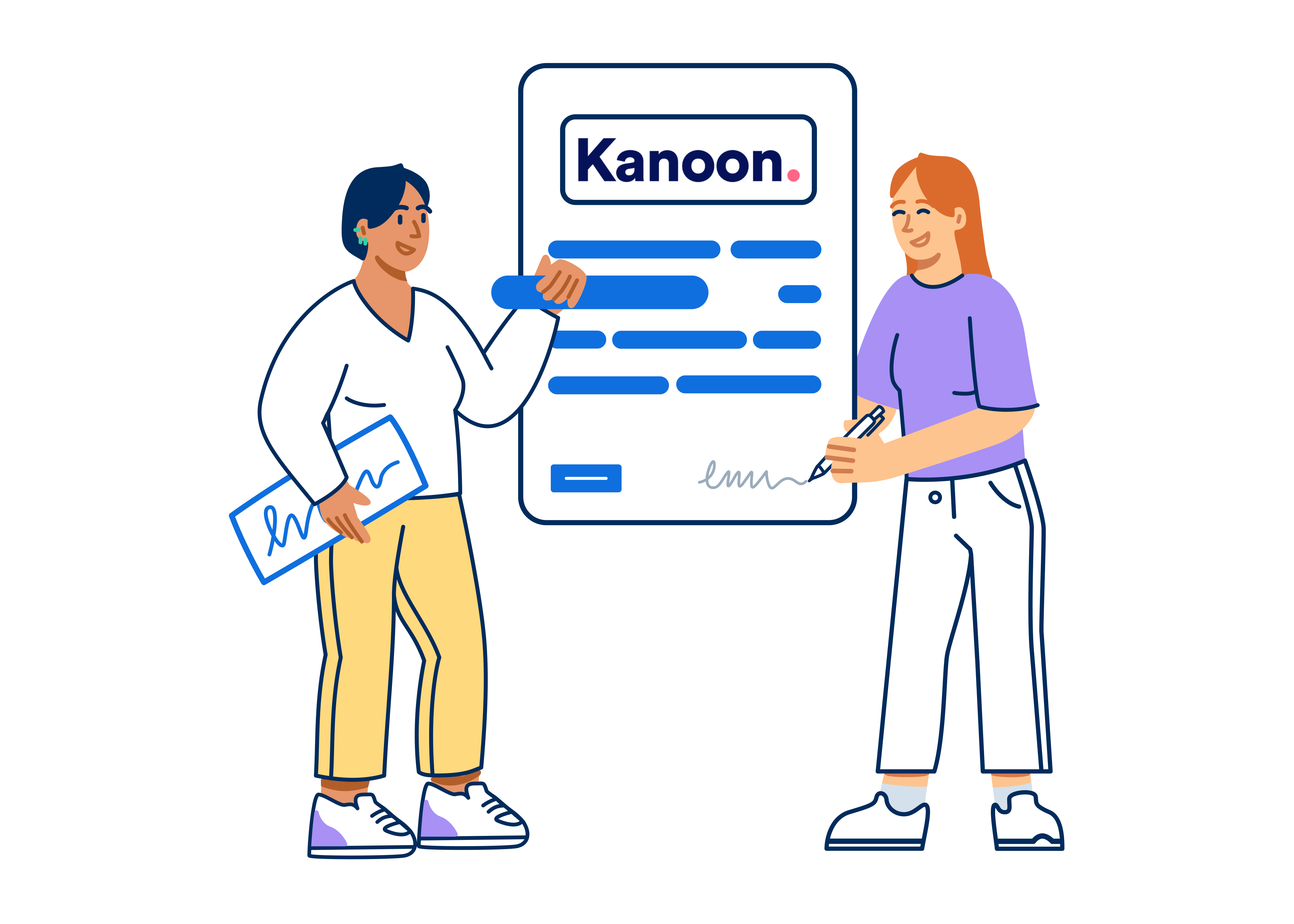- Blog
- |People management
- >Salaries & Benefits
- >workforce planning
HR and Finance Unite! Coming Together on Workforce Planning


If we’ve learned anything from the past few years, it’s that the economy is in constant flux. The workforce and talent market are always changing, which means companies need to remain agile and react quickly to changing circumstances in order to stay ahead.
This makes workforce planning a key cog in the organisational machine. In simple terms, strategic workforce planning is all about who you’re inviting to the table in terms of talent. More than that, it’s an overarching plan which encompasses not only who you’re recruiting, but also how you plan to nurture and progress your personnel. It’s also about identifying critical talent gaps that need plugging in order to drive growth for your organisation.
Sound workforce and headcount planning can make or break an organisation, spelling the difference between sustainable growth and the execution of mass layoffs, or worse, administration.
This is why it’s so important to get it right, and a key opportunity for two business functions, in particular, to come together.
In our latest instalment of ‘HR & Finance Unite!’, we explore how these two departments can collaborate to develop the kind of workforce plan that drives organisational growth and evolution over the long term.
Workforce planning: a quick breakdown
Workforce planning is simply the process of analysing and forecasting your organisation’s needs to hire, foster and retain the right talent - both in the short and over the long term. The longer term you get with this, the more strategic this planning process should be in order to map the future talent requirements your company will depend on to get where it wants to go.
Remember, the economy is always in flux. Organisations that invest in creating a workforce planning process that is flexible and adaptable will fare better than those who are slower to react. Agility is the name of the game.
The right strategy allows your company to keep close tabs on headcount costs while taking into account the greater competitive landscape.
Some of the activities involved in workforce planning may include hiring, restructuring, the plugging of critical skills gaps, as well as some more challenging decisions around when and when not to reduce headcount. It could also involve development training or learning & development plans.
So let’s take a closer look at what particular role HR and Finance play in the workforce planning cycle.
What does Finance bring to the table?
Your company will make many investments over its lifetime, but the greatest will undoubtedly be its people. However, this also makes headcount your company’s greatest cost - one that needs to be managed closely and effectively to achieve sustainable growth.
This is where Finance comes to the table. With a body of data to draw on and a little FP&A (financial planning & analysis) it's the Finance function that can lay appropriate foundations for your workforce budget.
With the breadth and expertise that comes from working repeatedly on company-wide annual budgeting, Finance can take the lead in creating a fiscal plan to support the headcount strategy. What it shouldn’t do is completely monopolise the decision-making process in the build up to this (more on this later).
But it’s also about going further, and taking a broader, more strategic view of personnel. Afterall, trends in hiring and engagement are not to be ignored, whether it’s a slew of bad hires or stellar performers becoming disenchanted and leaving, investing in talent is about more than just a numbers game.
Finance teams are also incredibly well placed to gain insight into where employees are adding the most value. Developing a keen understanding of what’s worked or not worked with your hiring plans can prove to be invaluable, especially in the context of supporting the HR strategy. Remember that body of data we mentioned before? Finance sits at the cornerstone of this data gathering and analysis, which means this function is best placed to advise HR on where hiring needs and the company’s financial goals align.

Where does HR come into the picture?
Having an innate understanding of people, culture and talent is what makes HR, well, HR. And, this may be a no-brainer, but when it comes to hiring, recruitment and training decisions, you don’t really get too far without these qualities.
Still, there is more than meets the eye when it comes to people teams. The modern HR function embraces things like transformation, automation and deep dives into data for the right insights required to drive the talent planning process. These insights can be used to more effectively spot candidates with potential, better map careers, or create programs that will encourage higher levels of retention.
But more than this, simply knowing why certain employees are leaving the company or why it’s been so hard to recruit for a specific role gives voice to challenges and concerns that may otherwise not be brought up in the context of number crunching and budgets. HR adds colour to the workforce planning picture.
So while Finance may provide the structure for hiring and retention, it’s HR that breathes life into the scaffolding, based on their in-depth understanding of talent and the job landscape.
From extracting key insights on personnel trends to having a sense of timing requirements, HR can provide the finer strokes needed to complete the picture.
Workforce planning: Where HR and Finance should align - step-by-step
Coming up with the initial plan
Workforce planning starts with setting an initial, rough budget. But it’s important that this process evolves into something more continuous.
Most organisations will create a workforce plan which gets triggered by the annual budget cycle. In other words, the process should start top-down with Finance using parameters set by the annual budget to inform the first sketch of the headcount budget. This approach should then switch to bottom up, with Finance reaching out to other key departments - like HR - to fill in the blanks with what’s actually realistic.
This is where HR’s on-the-ground expertise becomes essential in helping to refine the initial budget set by Finance. Does the plan meet compensation expectations for the marketplace? Have real skills gaps bene taken into account? It’s important that both functions establish a feedback loop which takes into account the challenges your company is facing, the resources it has and the goals it’s set.
Analysing where there is talent to hand
Key to developing a robust headcount plan is knowing what resources your company already has. Who currently works for your organisation? What skills and training do they already have? How much would it cost to upskill some of this personnel, instead of re-hiring?
Before even considering launching a huge talent drive, there’s a lot you can do with internal talent. And while this won’t cover all of your hiring needs it might make sense to nurture some of the talent you already have. Again, this is where HR can work with Finance to better identify opportunities for upskilling and progression.
This is also a great strategy for improving retention. Again, the insights HR has around historic and seasonal turnover can be incredibly valuable here, and Finance can help make further sense of these numbers.

Assessing talent gaps
In the same breath, you also need to assess what’s missing. Talent gaps can leave gaping holes in your organisation’s plans to keep up with shifting trends and achieve its future goals.
Throughout the workforce planning process, it’s important to pinpoint your workforce's most pressing gaps and figure out how to address these. Where HR can provide critical information in terms of where these gaps exist and why it’s important to fill these, Finance can help put together a business case for the C-suite.
Similar to assessing skills gaps you'll also want to look at where there may issues of diversity or gender inequality in your hiring plans.
Measuring the results
The budget has been set and the plan is being executed. But as the year progresses, both Finance and HR need to review the actual execution and spending of their workforce plan against the original forecasts and budget.
Crucial to this is making sure forecasts are up to date (this is Finance’s role). That being said, it’s important to include these as part of a more cohesive look at data. It’s therefore crucial that both Finance and HR are looking at the same set of data and work from this to implement any changes or course correction that’s needed.
Weighing up the What/if scenarios
As just mentioned, course corrections are part and parcel of the reality of workforce planning. It could be that partway through the year a key workforce policy is altered or an acquisition is announced, meaning both Finance and HR need to stay light on their toes.
As with many other stages of the workforce planning process, data is King and something both Finance and HR can gather around to make decisions.
To find out more about how PayFit provides insightful data to help HR and Finance work more closely together, book in a call with one of our product specialists today.


A UK 4-Day Working Week - Thoughts On Labour’s Plan

Running payroll - A Guide For New Businesses

The Alabaster Ruling & Maternity Pay - A Guide For Employers

The End Of Zero Hours Contracts? Implications For Businesses

What is the HM Revenue and Customs Starter Checklist


